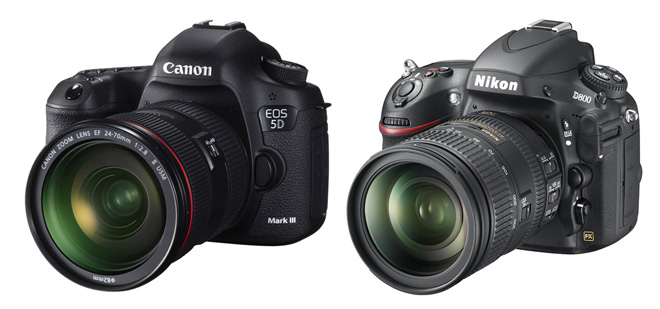
For the vast majority of DSLR shooters these cameras are a lot of money so it is important to get the right one. Often it could be a small feature that sways it for your individual needs so it is never right to say that one camera is ‘better’ for ‘everyone’. It isn’t as cut and dry.
However it is possible to be objective about image quality. I’d say the 5D Mark III definitely has the better internal codec and resolution.
Both brands have made pre-ordering decisions rather difficult by neglecting to upload full 1080p Quicktime files direct from the cameras that truly show them off. That would be fine if most sites had their reviews out from the day of the announcement, but essentially Canon and Nikon are taking pre-orders without revealing their hand. And I think it is unfair to ask people to do that.
There are a couple of big things that could sway it, that we won’t really know about until the cameras are in our hands. On the D800 (and D4) it is that mysterious uncompressed HDMI output. What’s the image quality like over that? On the 5D Mark III it is just exactly how good that amazing 91Mbit ALL-I image quality is, because all Canon have given us to go off is a 940×540 web clip at 1Mbit. Pretty poor marketing really. Where’s the Reverie for 2012?
Image quality
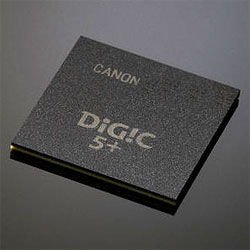
All the signs point to the 5D Mark III’s image quality being spectacular. Because of the high bitrates and i-frame codec compression won’t be a problem like it has been with so many DSLRs. That takes the pressure of expectations off the 5D’s HDMI output being any good. If it is good enough for monitoring that is all that matters. You won’t need to record it externally because the internal codec is so good. As you can see from the GH1 and GH2 hacks compression is mega important. But even more important than that is the way the camera downscales the full sensor resolution to 1080p in video mode, because you can lose everything if you do it badly. You can lose resolution, colour, dynamic range and the fine grain structure of noise. Sorry to say but the Nikon D800 is doing a very bad job of downscaling to 1080p, since there’s moire on the sample videos. There’s none on the 5D Mark III’s videos and yet plenty of challenging fine detail where it would usually show up. In fact after seeing this Vincent Laforet changed his mind! Gone is line skipping.
Add this evidence to Canon saying on the record that they’ve addressed moire and aliasing with DIGIC 5+ and it all points not just to a major win for Canon on resolution – which should be very close to true 1080p like the C300 (and believe me it makes a big difference from what we had on the 5D Mark II!) – but on colour and dynamic range too. Video on the 5D Mark III should be like a moving JPEG still and I am sure on charts a bit of moire will show like it does on the GH2, but in practical reality the GH2 has zero moire and I’m expecting the same for the 5D Mark III.
In terms of low light the 5D Mark III also has an advantage over the D800 because of the megapixel count. It looks clean at ISO 1600 and 3200, almost completely free of noise and you can go to a usable 25,600 on the 5D Mark III. The sample videos shot with the D800 in low light are quite noisy.
So is that a win on resolution, moire, aliasing, compression and low light for the 5D Mark III? If so that is a slam dunk.
Clearly Canon are aiming the 5D Mark III at pros and production studios. Why else would it have a SMPTE timecode feature?
Audio
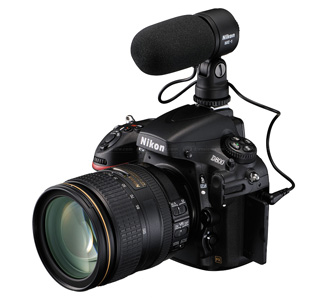
This was a major weak point of previous DSLRs that messed up the workflow for a great deal many pros. I don’t mind not having XLR jacks – those are just more robust when the cable gets pulled around on set – but audio quality and control are important to me. With both cameras you can now monitor the audio via a headphone jack, a small but significant step forward. They have manual audio controls and on-screen levels, so both cameras are similar in this regard. Nikon have an edge so far from the information they’ve put out. They say the internal audio circuitry is improved whilst Canon haven’t mentioned this. It is a bit of an obscure spec and I am sure it has been improved on the 5D Mark III with the heavier focus on video.
Lenses
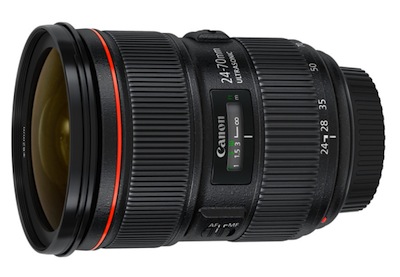
Now I think the Nikon has an advantage here, certainly for many people. The D800 has a 2.7x crop mode in video mode similar to the GH2 so effectively each lens has two focal lengths when used for video on that camera. Canon have a passing mention to ‘movie crop mode’ in their info but an empty space where it should be on the specs sheet! One thing that could sway this for you is if you have a Canon lens collection AND some nice Nikon glass since you can adapt the Nikon glass to the 5D Mark III very easily but not the other way round. Another thing to bear in mind is that with the new Rebel is a rumoured video optimised lens for the 5D Mark III with silent full-time AF and OIS.
Unfortunately there isn’t a full frame mirrorless that does video yet so no Leica M mount love for these two. However with full frame it is far easier to get a fast zoom with a shallow depth of field than it is for Micro Four Thirds and far cheaper to get a fast wide.
Price
Pre-order the Canon 5D Mark III here
It is a difference of $500 in the US or £600 in the UK. The Canon 5D Mark III will retail for $3500 and the Nikon D800 is $3000. Both are available at the end of March 2012.
The 5D Mark III is certainly more expensive than the 5D Mark II was at launch but for video it is worth the extra over the D800 for the image quality and better codec.
Hacks
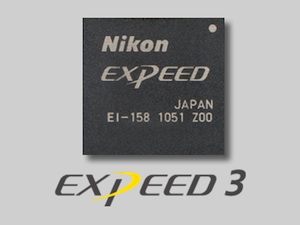
This aspect could turn out to be very interesting. On the Canon side, DIGIC is well understood. How much DIGIC has changed with the advent of 5+ is currently anyone’s guess. It may even be encrypted. So don’t get any hopes up – this is a complete unknown at the moment. On the Nikon side, some progress has been made with encryption (in part thanks to GH2 hacker Vitaliy) but the D800 is no nearer a hack than the Canon is. I’m fully expecting with time for hacks to come out for these cameras, especially Magic Lantern Unified, but nobody – not even the hackers – yet knows exactly what is possible.
Stills
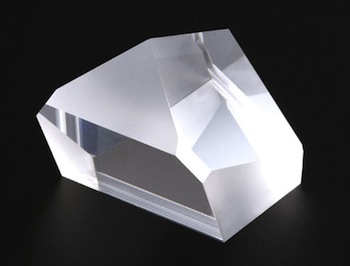
DSLR video has always been about a hybrid camera where those with a need or a passion for stills AND video can do both on the same camera with the same glass. Part of the reason the DSLR community is so vibrant is that so many photographers have crossed over and had their interest in video ignited. The Nikon D800 certainly has the edge on resolution but the 5D Mark III has a considerable low light advantage. Although the megapixel count sounds very different – and it is – the outputs are much closer in actual terms.
7360 x 4912 (D800)
5760 x 3840 (5D Mark III)
That is a difference of just 1600 lines horizontally and 1000 lines vertically. Is 36MP much to write home about? Considering how you can blow a clean 12MP still up to the size of a gallery wall and have it still look incredibly detailed, I’d say no – not unless you like cropping the edges by 1000 pixels. I’d much rather have the better ISO performance, which in terms of video is useful as well.
Conclusion
Unless the Nikon D800 pulls the rabbit out of the hat with that uncompressed 4:2:2 HDMI output, this is going to be a clear win for the Canon 5D Mark III.
Though Canon are often slow to move, when they do move they make sure that image quality is superb. (Witness Panasonic AF100 vs Canon C300, exhibit A!)
Nikon did I great job on the D800 and it is selling like crazy, but they forgot to add image quality as far as video is concerned. Build quality wise I think Nikon’s cameras have a lovely tactility to them that the smoother, more simplistic Canons lack, but as far as whats under the hood Canon are stronger with the 5D Mark III.
There are as ever disclaimers depending on individual needs. If you are doing crazy long telephoto shots or run & gun with one prime, the crop mode is very useful indeed on the D800 in video mode. It also has clean HDMI for multi cam and external recording, whereas on the 5D Mark III this is a bit of a question mark really. The D800 certainly has a resolution advantage for stills people, although it is nowhere near as big a factor as people claim. 36MP may be a bigger headline number on the box that will grab the D800 tons of sales – purely for the fact that too many people are resolution obsessed. How many of them have ever actually exploited the full resolution of their camera? Resolution only matters if you use it. Period.
It has been an exciting 2012 so far and we haven’t even got to NAB 2012 or Photokina yet. I don’t suggest holding off upgrading if you need to, don’t wait for something that might not even arrive, but there are sure to be more big DSLRs leaps coming in 2012 – like the 4K EOS and the GH3.


